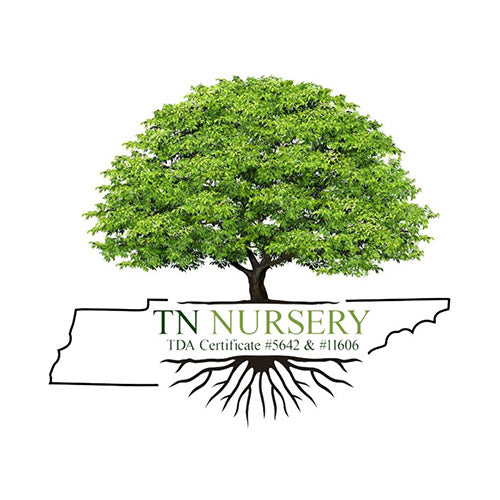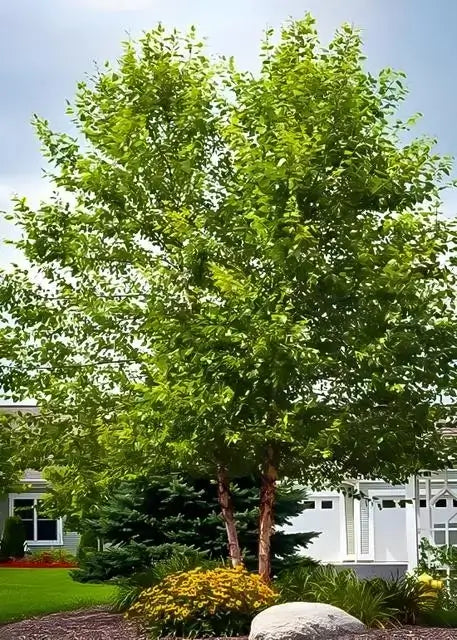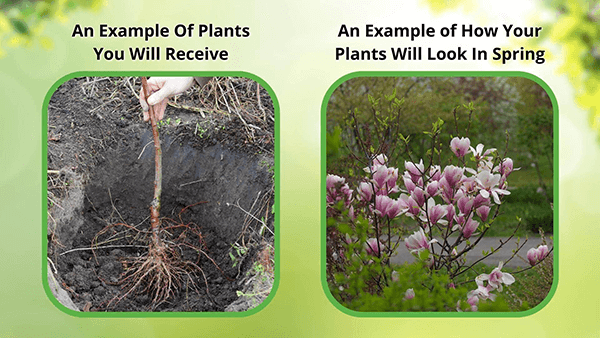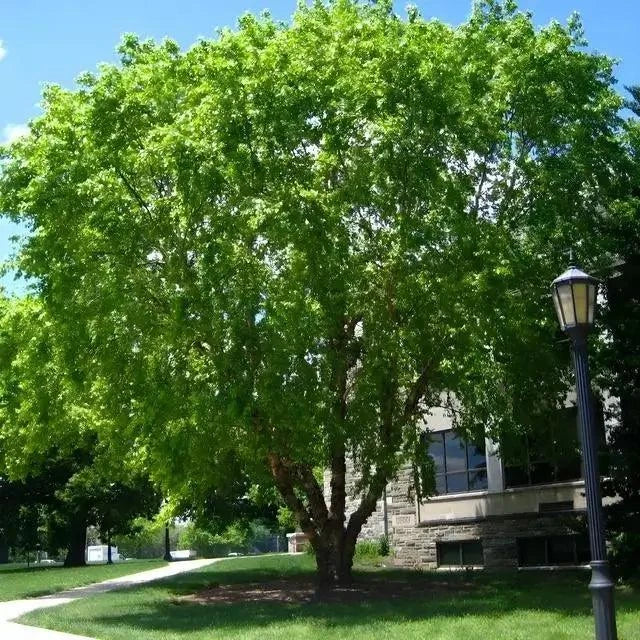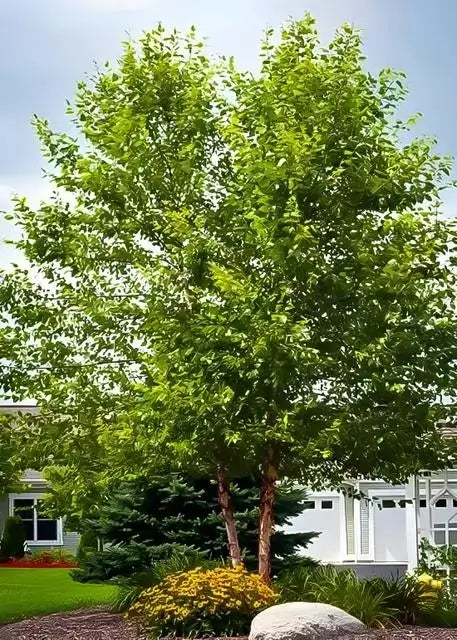
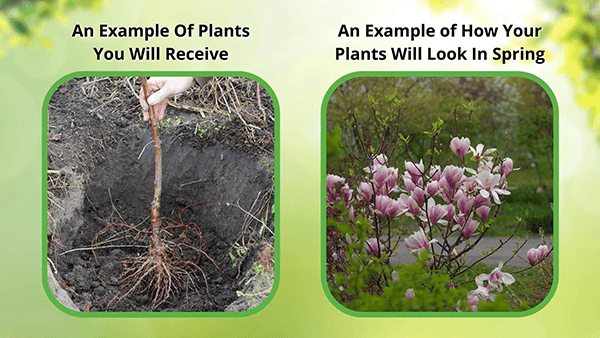
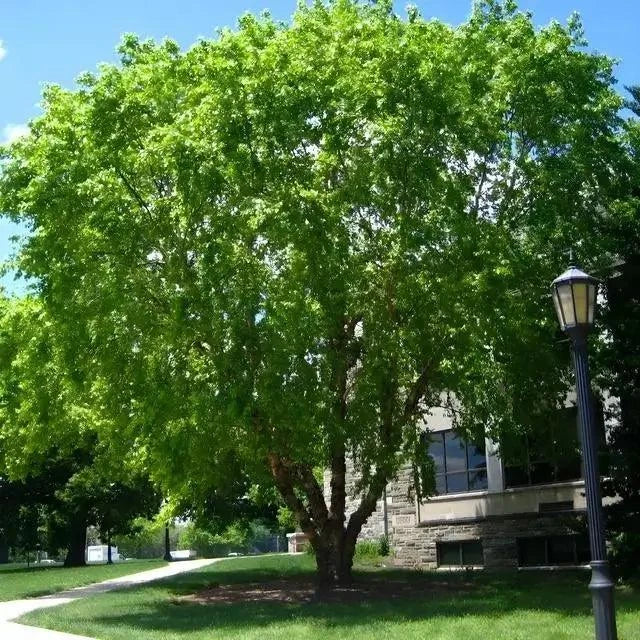
River Birch Tree
The river birch tree is native to the southeastern parts of the United States and is also known as water birch, red birch, and black birch. It’s a deciduous, fast growing tree that can grow up to 50 and 90 feet. The trees usually grow in thickets along lakeshores, rivers, islands in streams, sandbars, and floodplains. Its double-toothed, diamond-shaped leaves provide a perfect canopy for shading over an extended range, and making this a perfect place for a picnic or to host a family gathering.
The River Birch Tree Attracts Wildlife
Enjoy the benefits of watching the beautiful flowers it produces in the winter and spring. During the summer it produces small green or brown cones that attract gray squirrels and during the fall the foliage turn a beautiful golden yellow color. It can only be located in the southern states and adapts the best to hot climates. It is the most adapted and widely distributed in the United States. It can be used as part of a land restoration effort or as a focal point in your yard, accentuate the tree with a bed of mulch for a perfect centerpiece.
The River Birch Has Beautiful Foliage
River birch can be used as a decorative tree for streets, yards, and parks with its beautiful colors in the fall and winter. The silver trunk adds even more natural beauty while being a durable, sturdy tree. The wood is used for a variety of items like tables, toys, artificial limbs, and woodcraft projects. It’s a valuable source to restore areas with high levels of soil acid in mining areas and can be used to control erosion. Wildlife enjoys eating the seeds, ruby-throated hummingbirds love the sap from the tree, and deer flock to get the foliage and twigs. These beautiful trees are shipped in their bare root form to provide the consumer with a quality product that is ready to plant.
- Choosing a selection results in a full page refresh.
- Opens in a new window.
